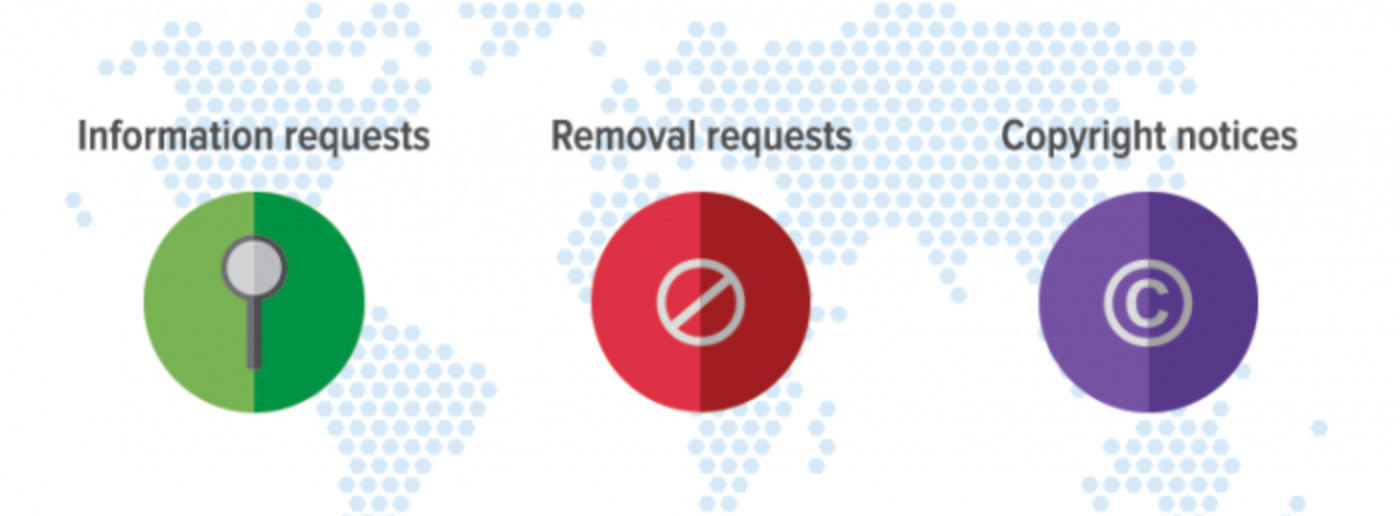A lot has happened in the data privacy space since the release of our last #transparency report back in January. As we’ve noted, we believe the open exchange of information can have a positive global impact.
To that end, it is vital for us to be transparent about requests we receive from governments (including, and especially, our own government here in the U.S.) and other rights holders. We’ve just published our new #transparency report covering the last six months, which you can read in full here.
An important conversation has begun about the extent to which companies should be allowed to publish information regarding national security requests. We have joined forces with industry peers and civil liberty groups to insist that the United States government allow for increased transparency into these secret orders. We believe it’s important to be able to publish numbers of national security requests – including FISA disclosures – separately from non-secret requests. Unfortunately, we are still not able to include such metrics.

In the meantime, we have included two new data points in this latest report about particular types of requests for information we receive from the United States (which remains our biggest requester) – percentage of known Mutual Legal Assistance Treaty (MLAT) requests and percentage of pen register / trap and trace (PRTT) orders received. More details about these requests are available in our latest report.
We have also seen an uptick in requests to withhold content in countries around the world. Over the last six months, we have gone from withholding content in two countries to withholding content (ranging from hate speech to defamation) in seven countries. We have also un-withheld content for the first time during this period. More details are available here.
We may not be allowed to provide notice to users in all situations or win every fight we take up on behalf of our users, but Twitter remains steadfastly committed to being transparent about requests we’ve received and the resulting actions we’ve taken.
Did someone say … cookies?
X and its partners use cookies to provide you with a better, safer and
faster service and to support our business. Some cookies are necessary to use
our services, improve our services, and make sure they work properly.
Show more about your choices.